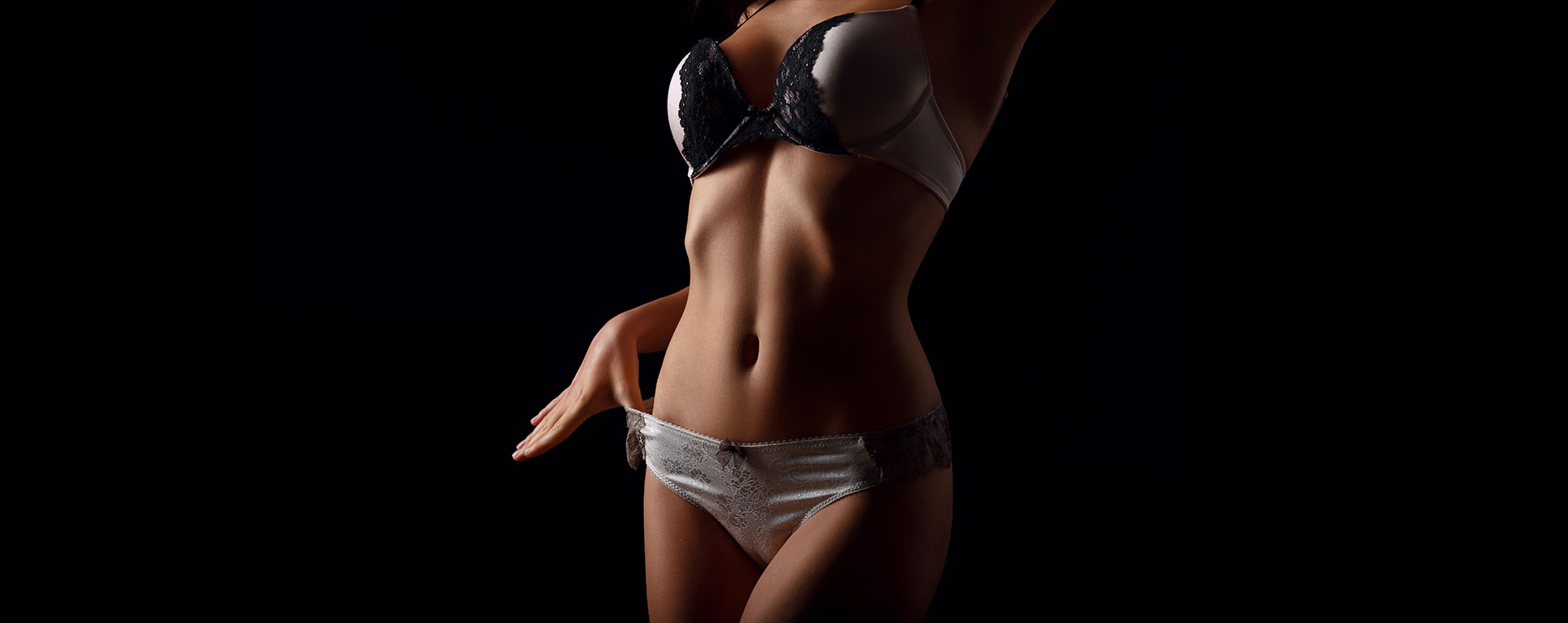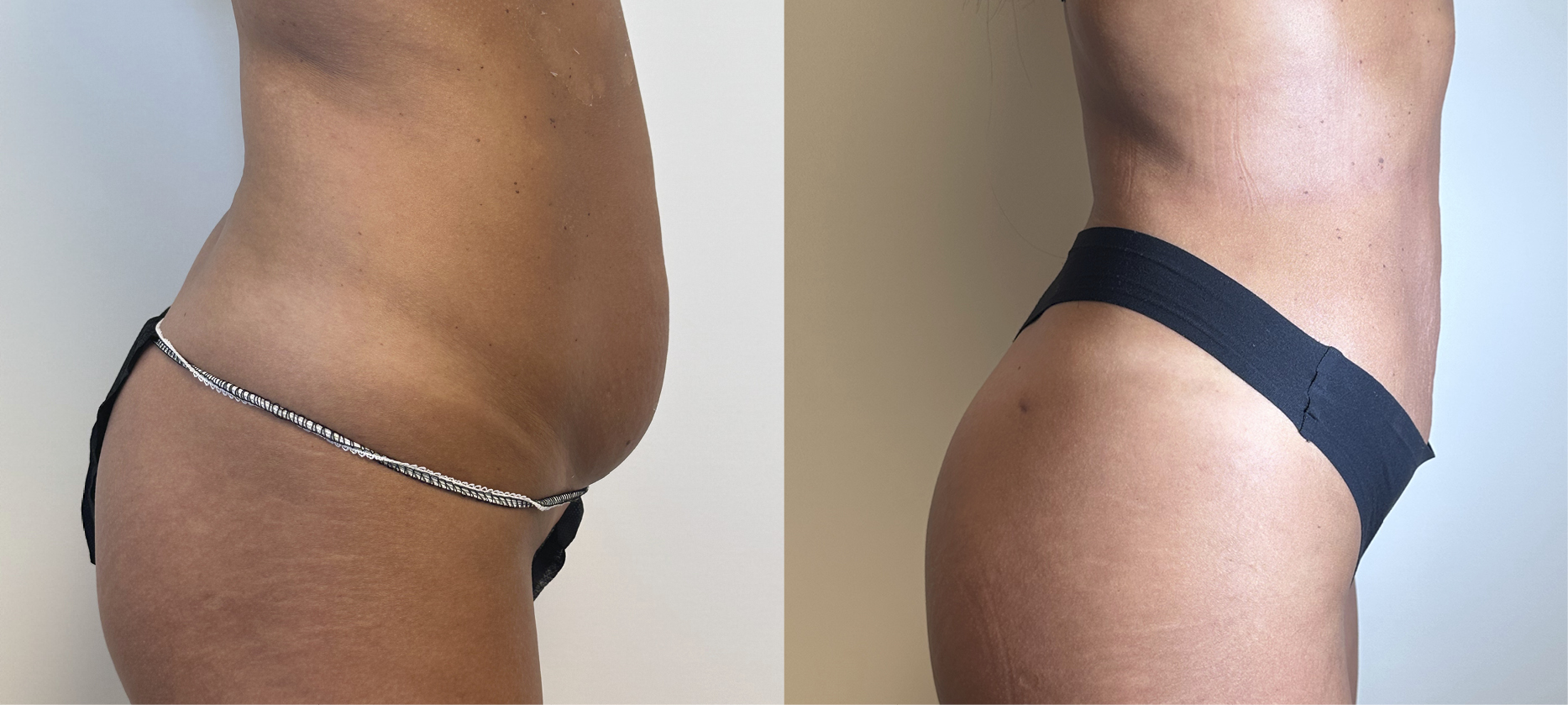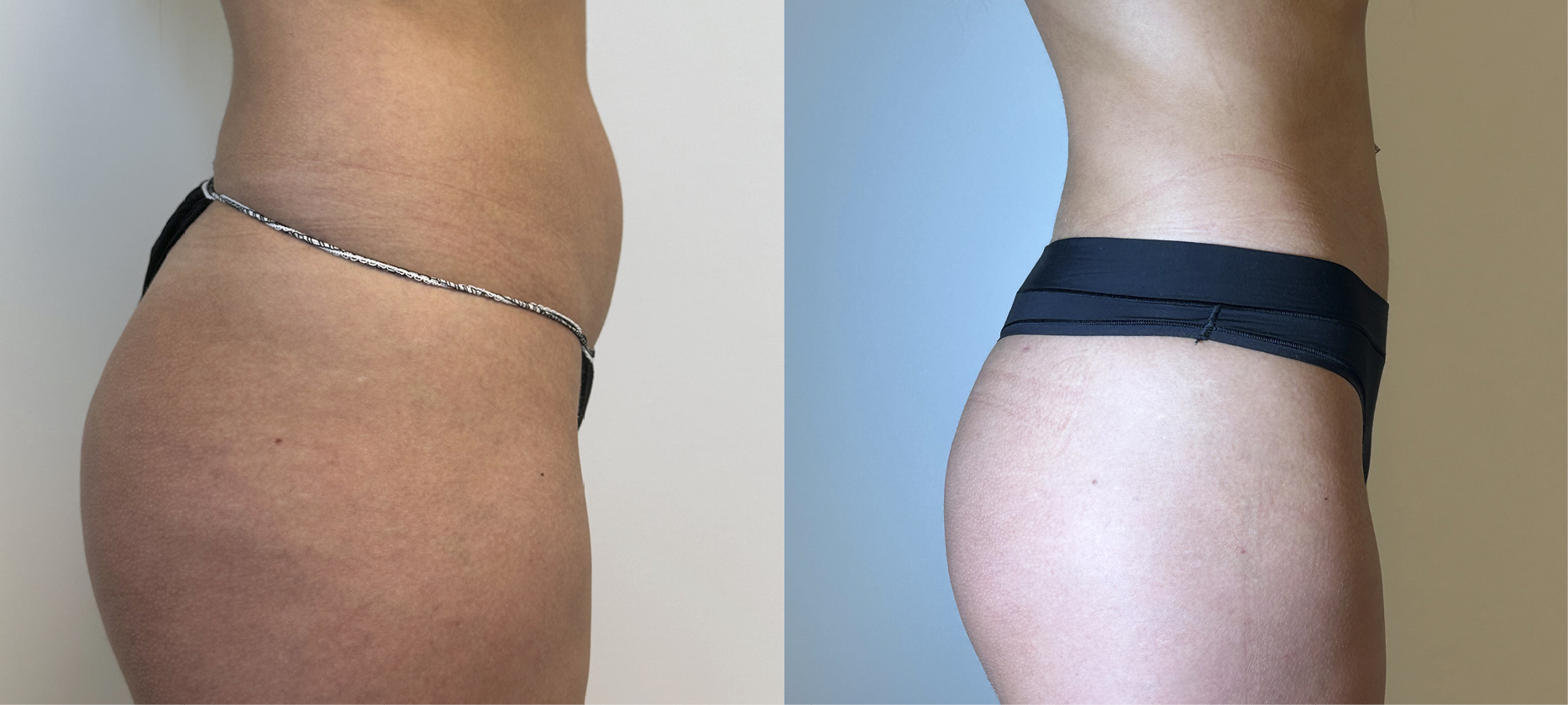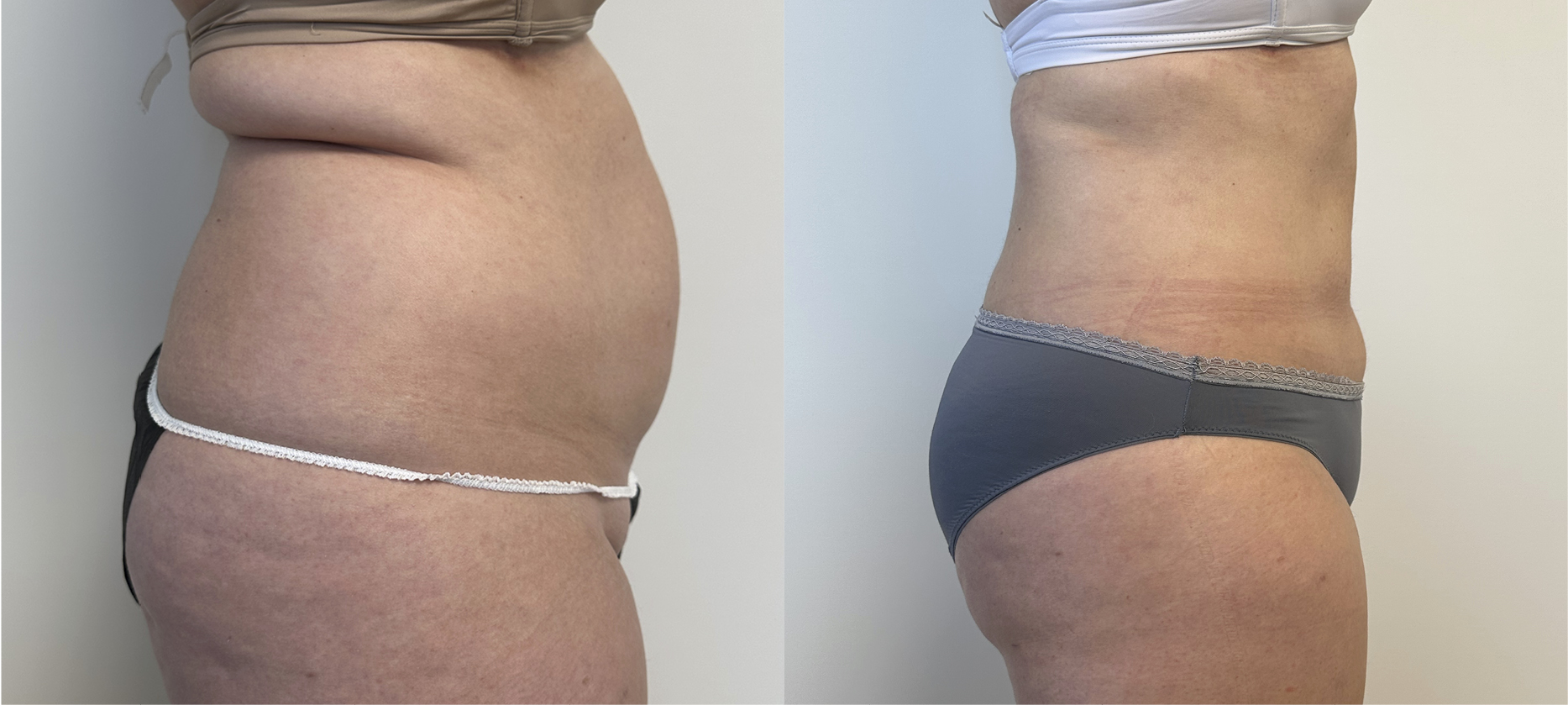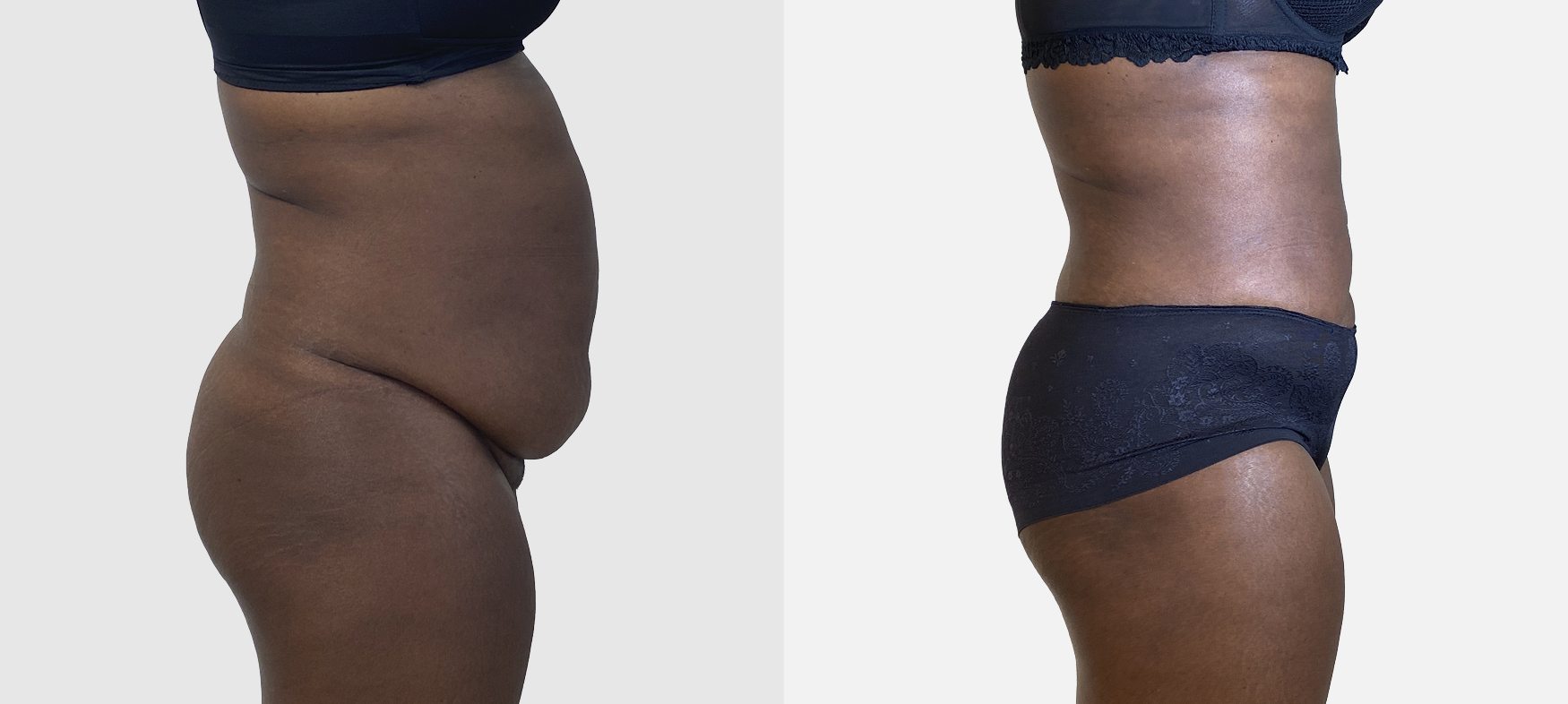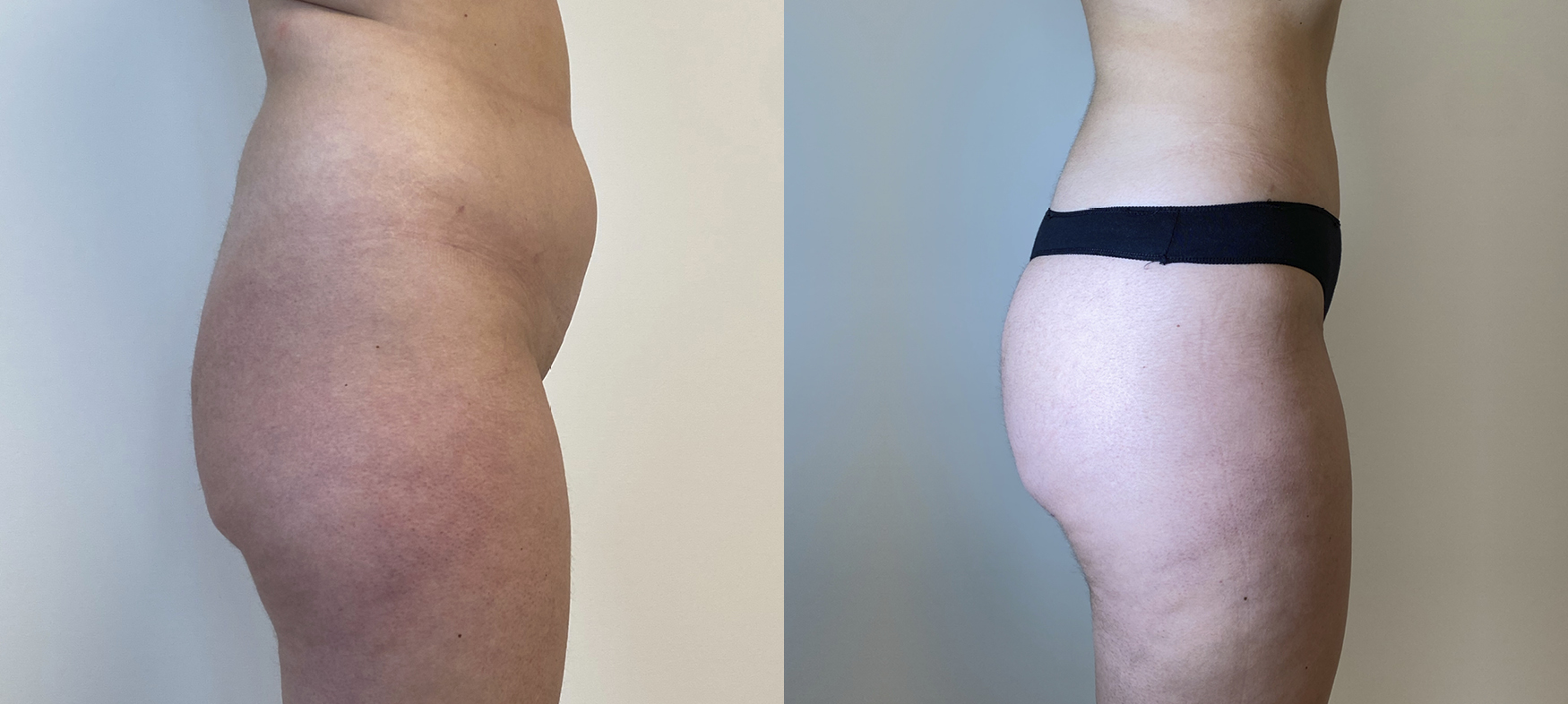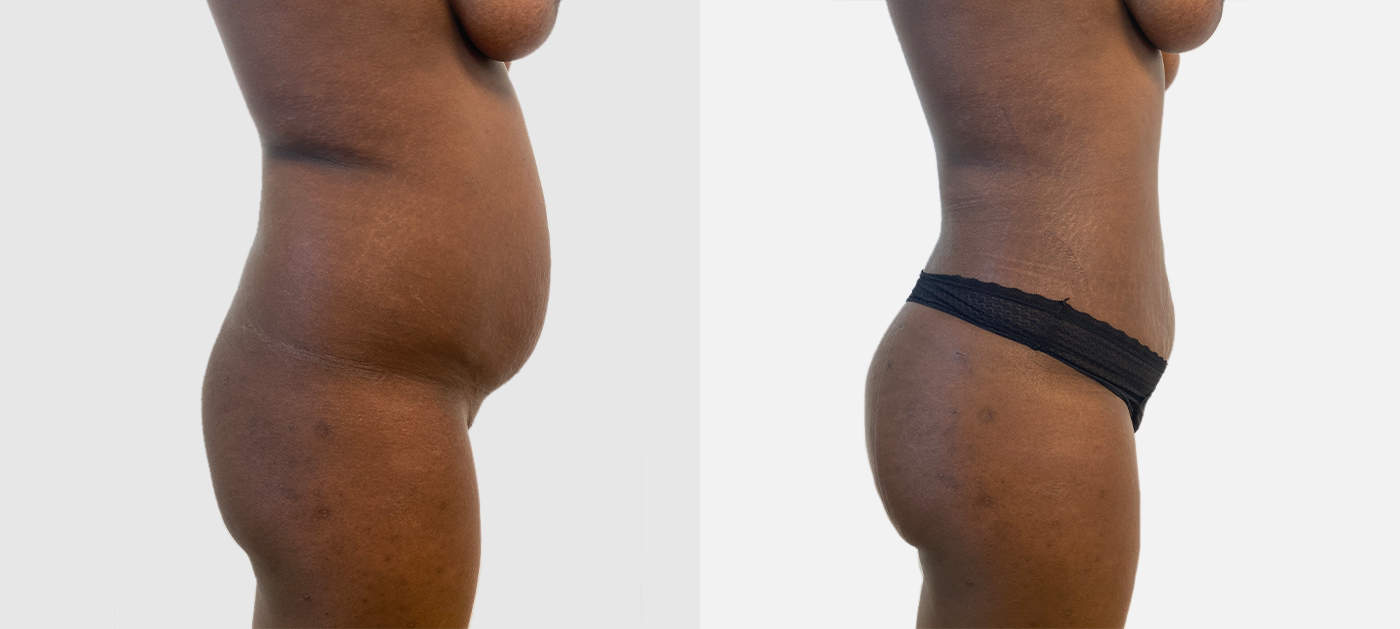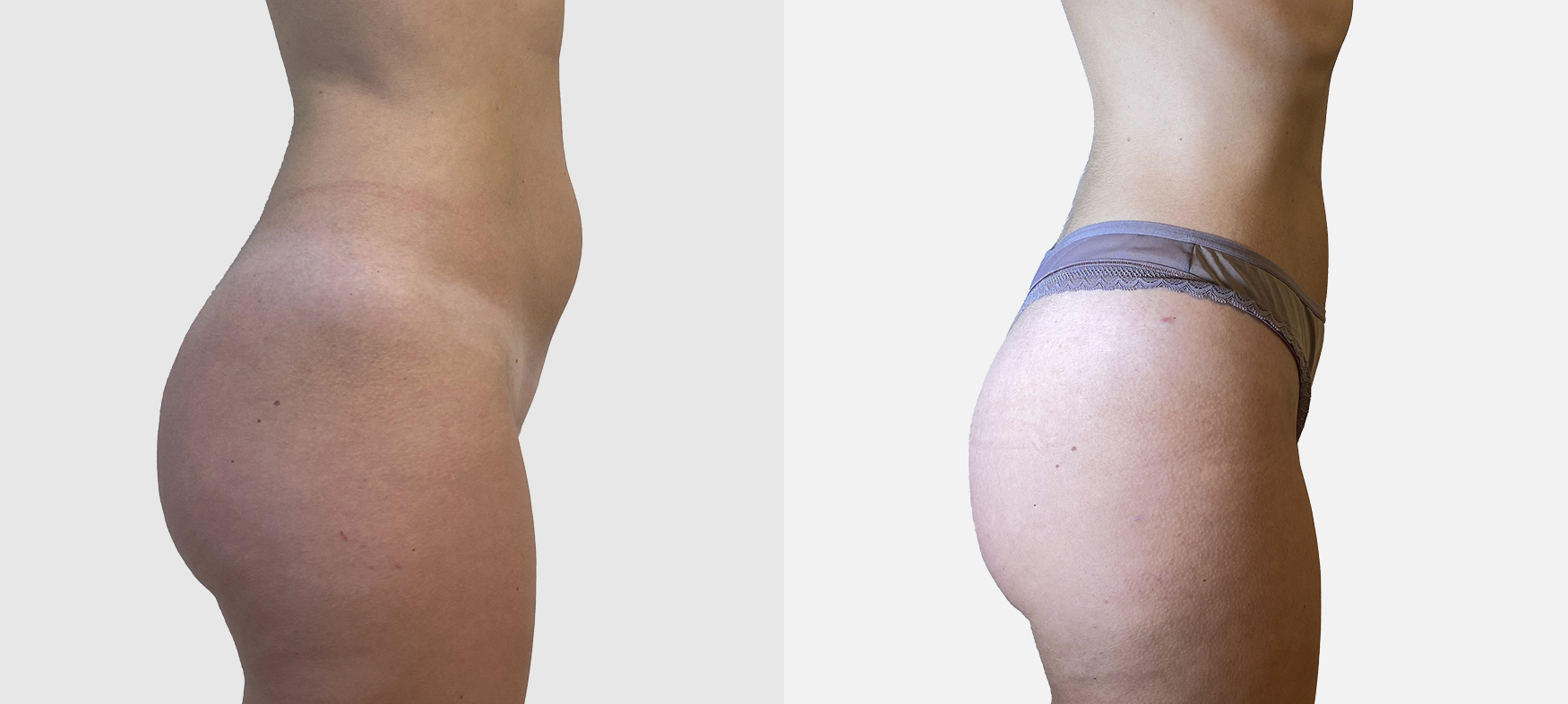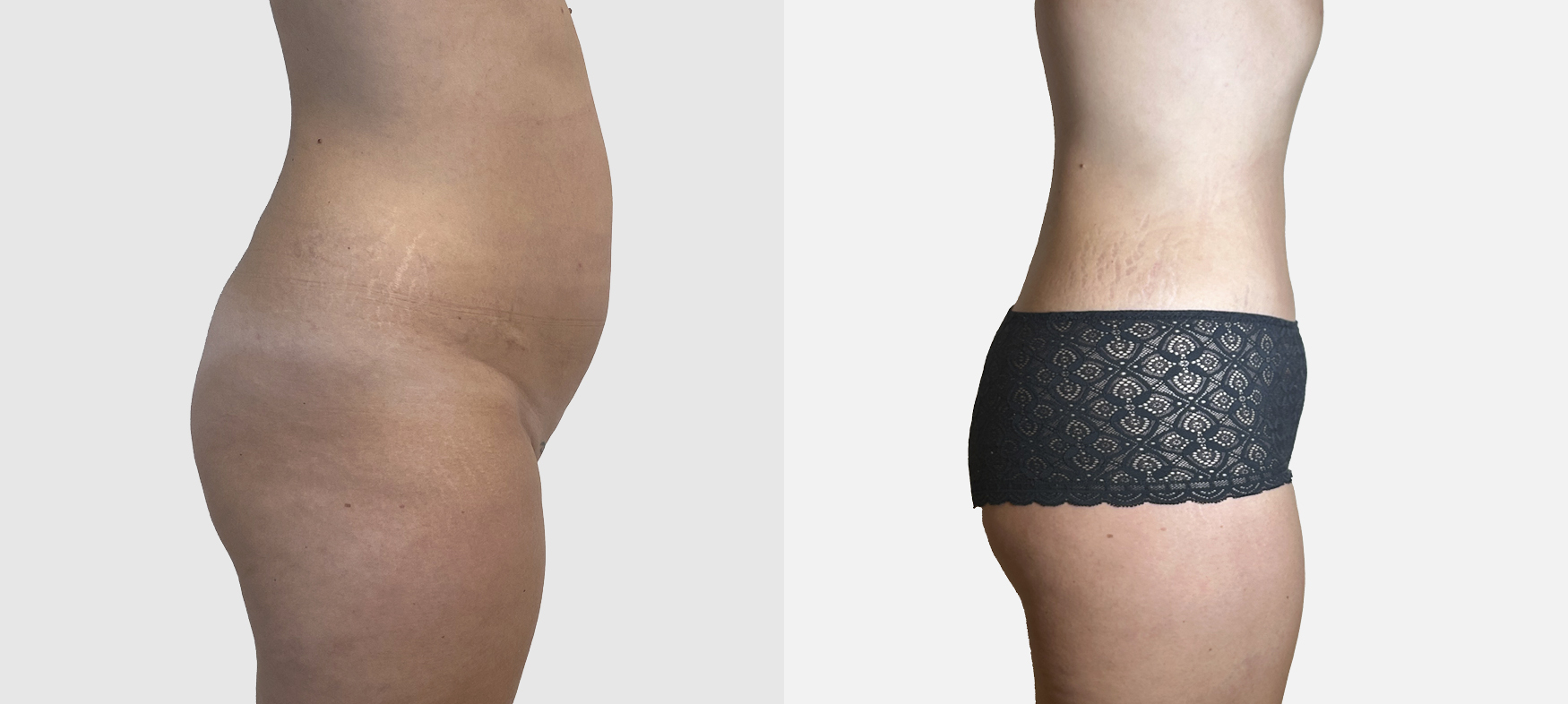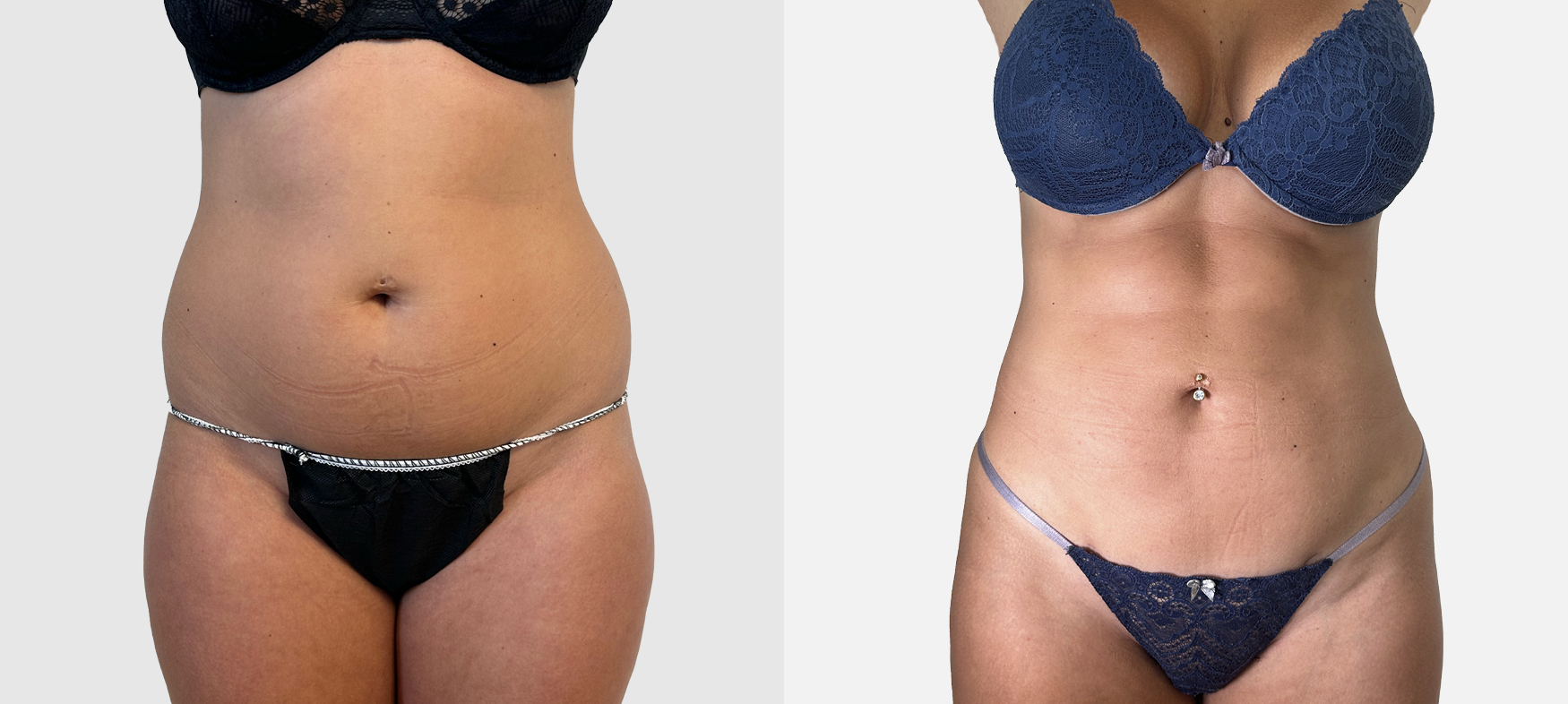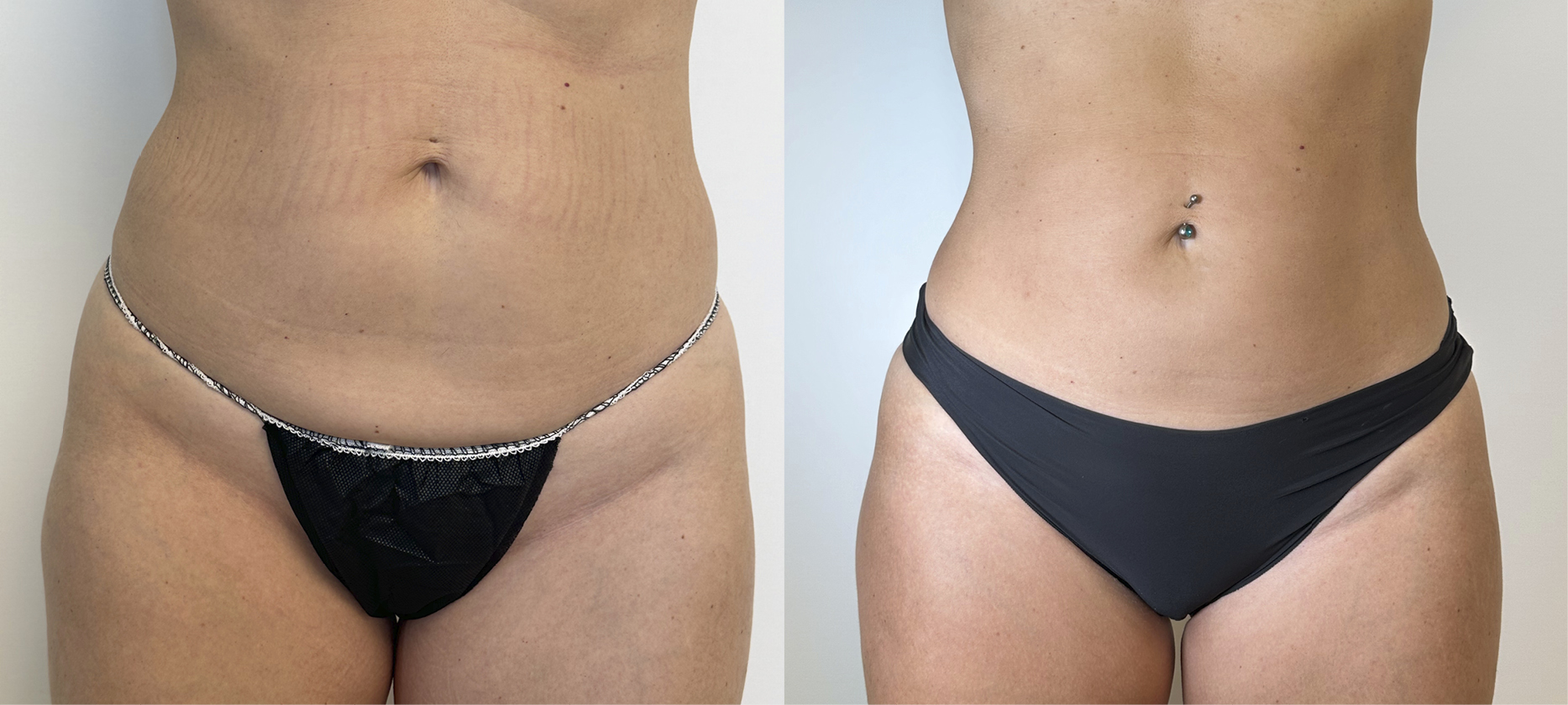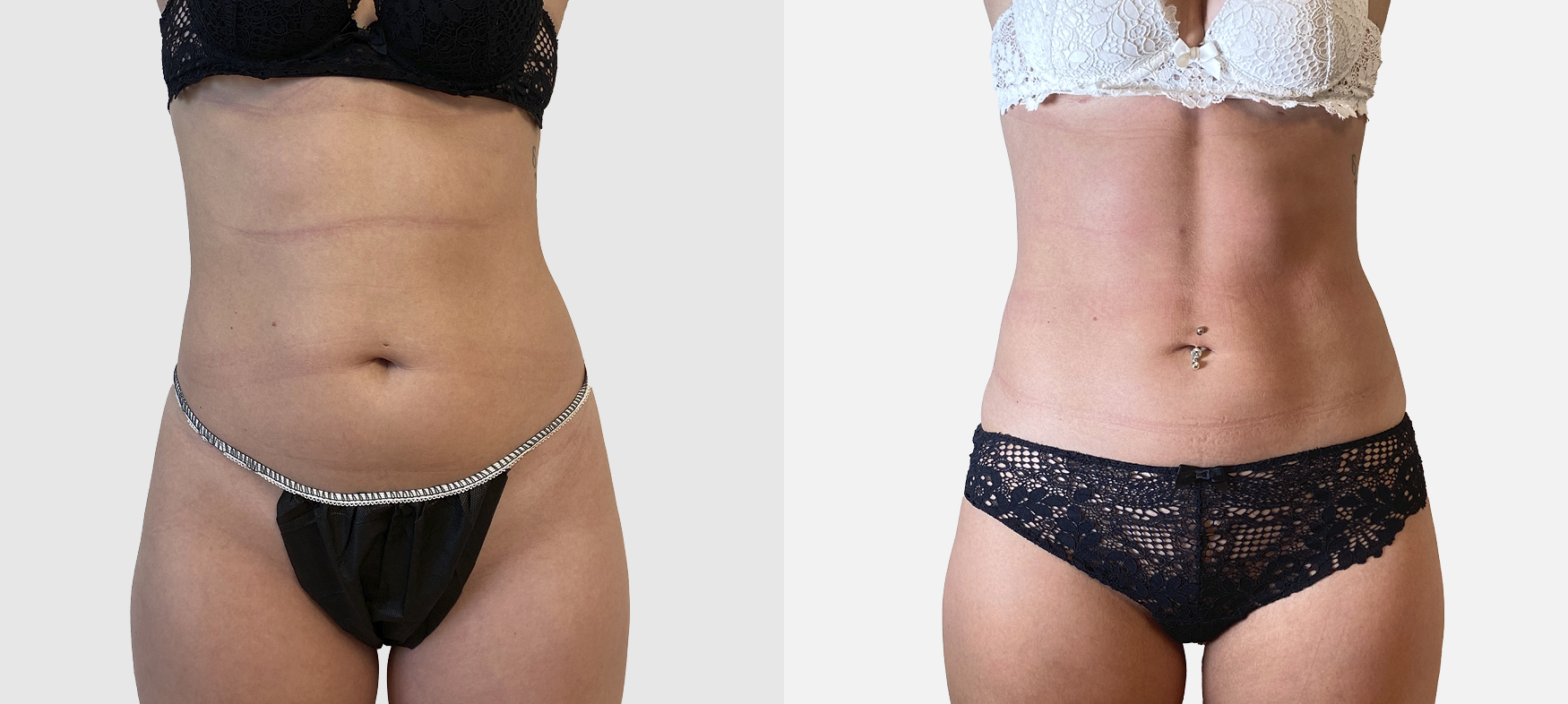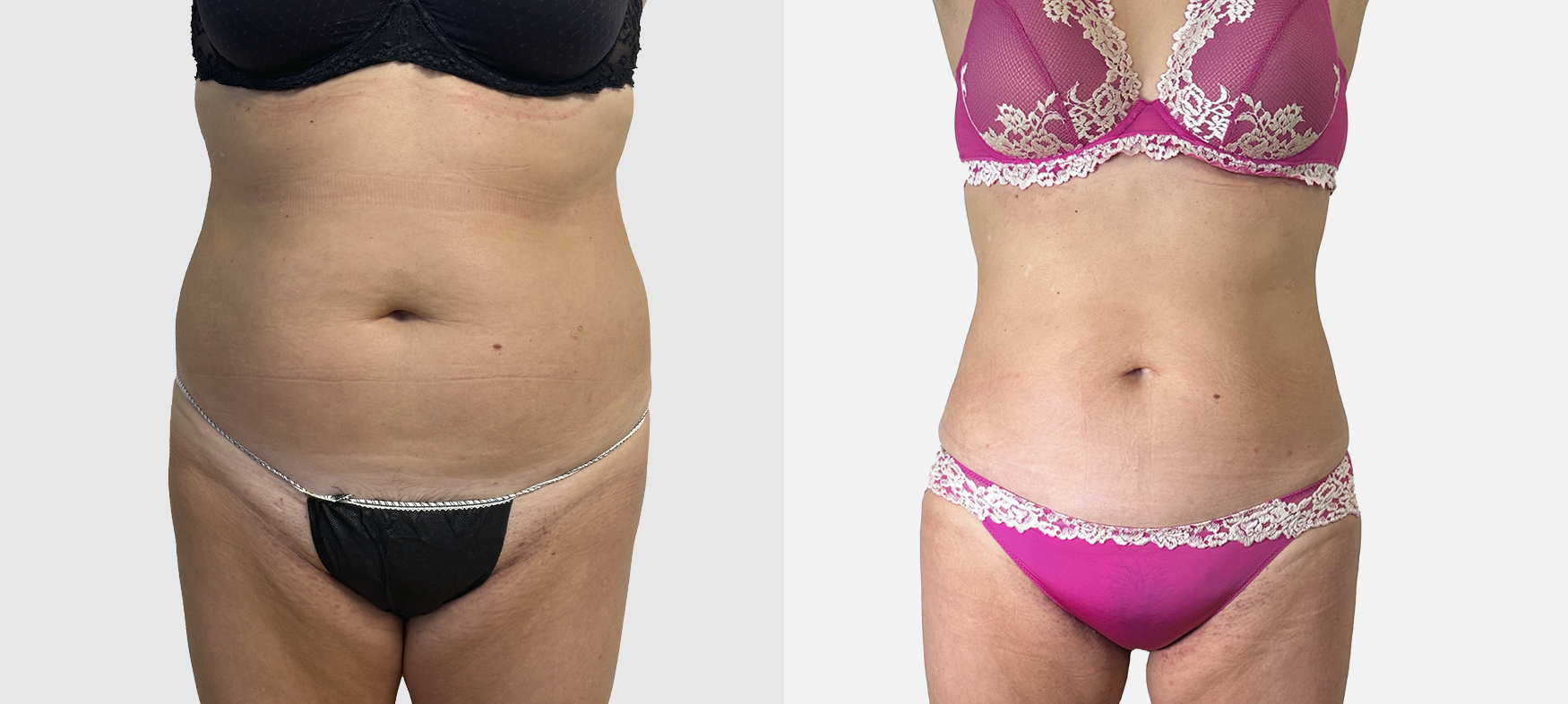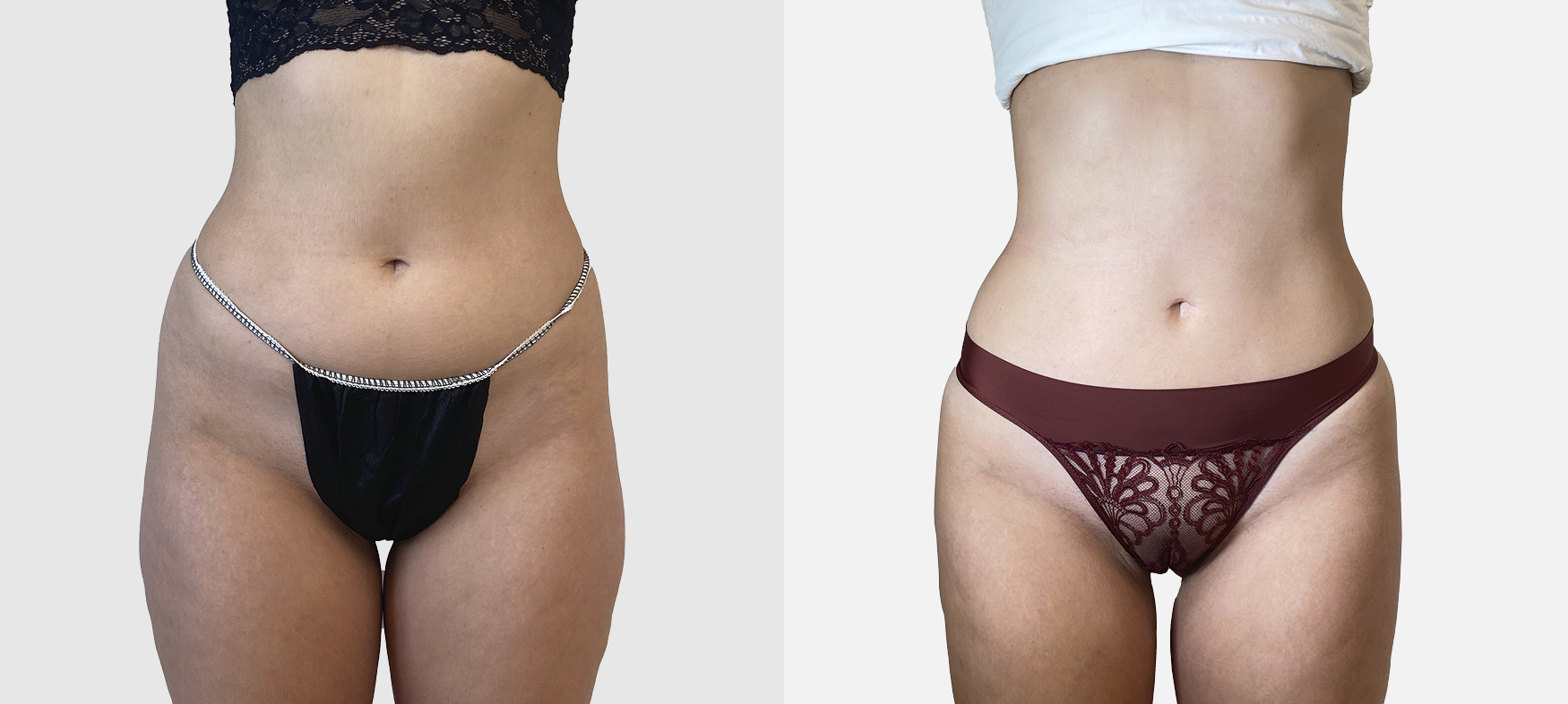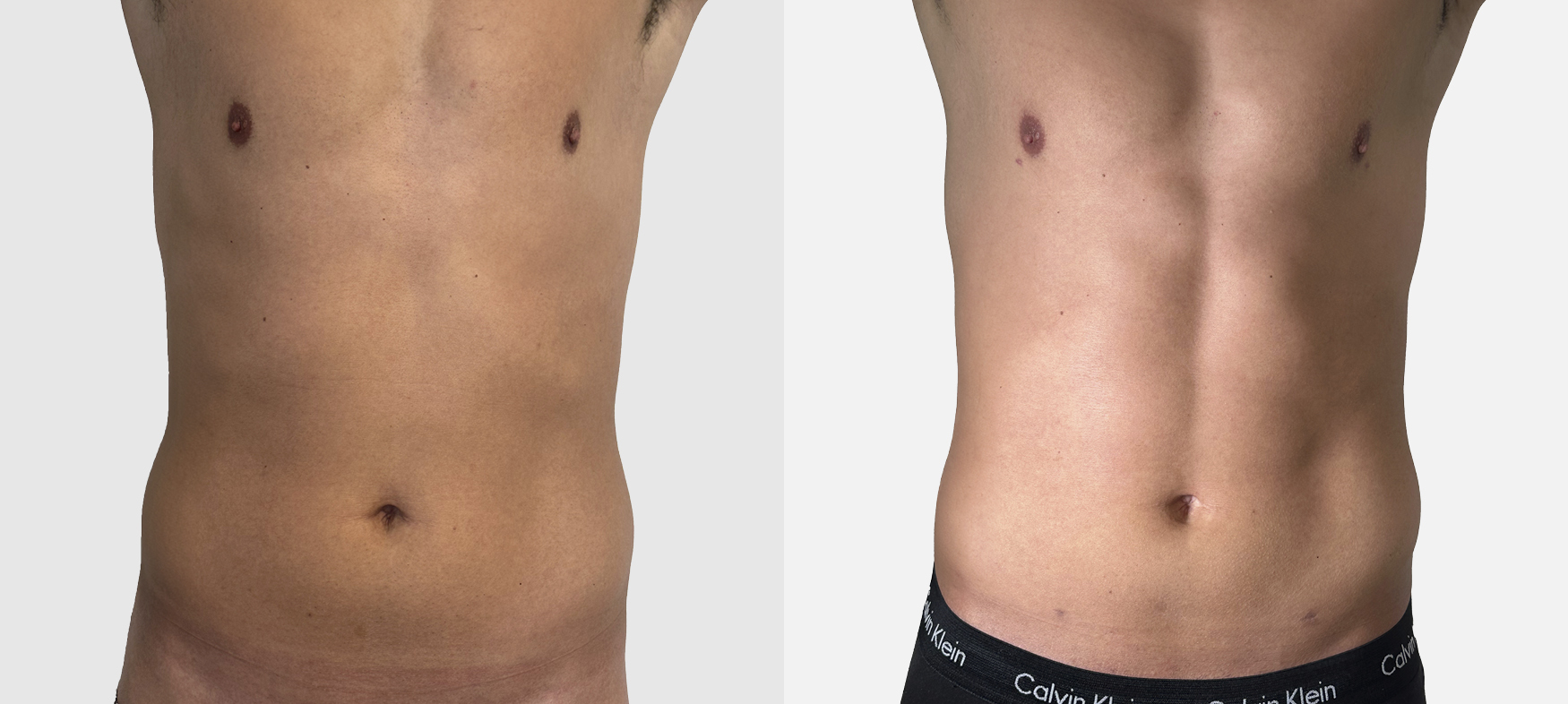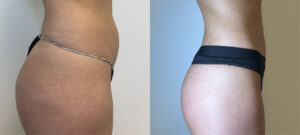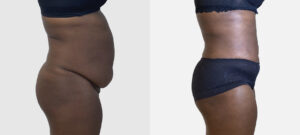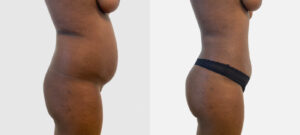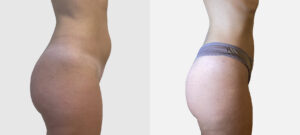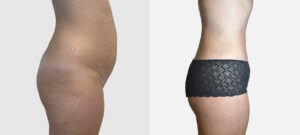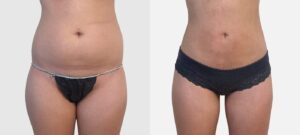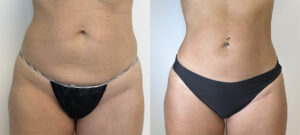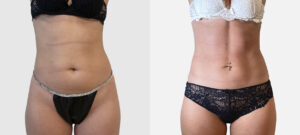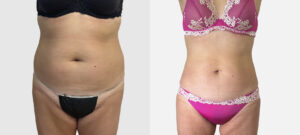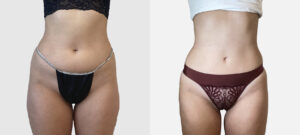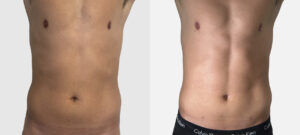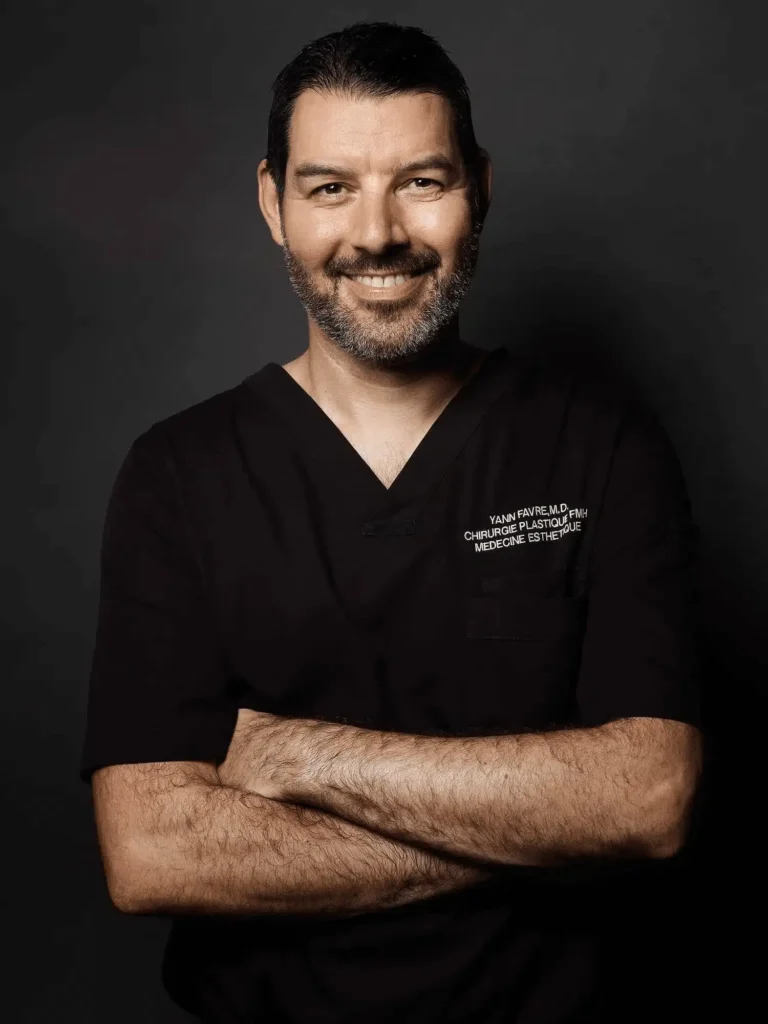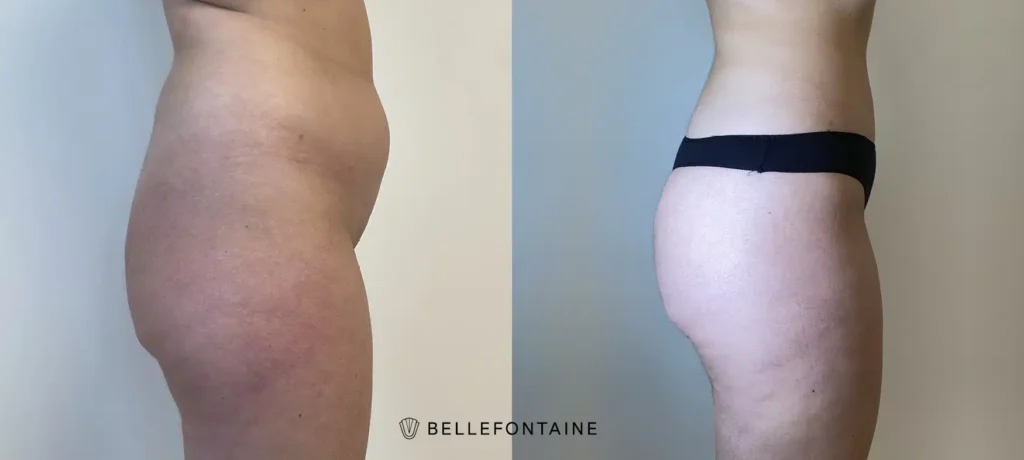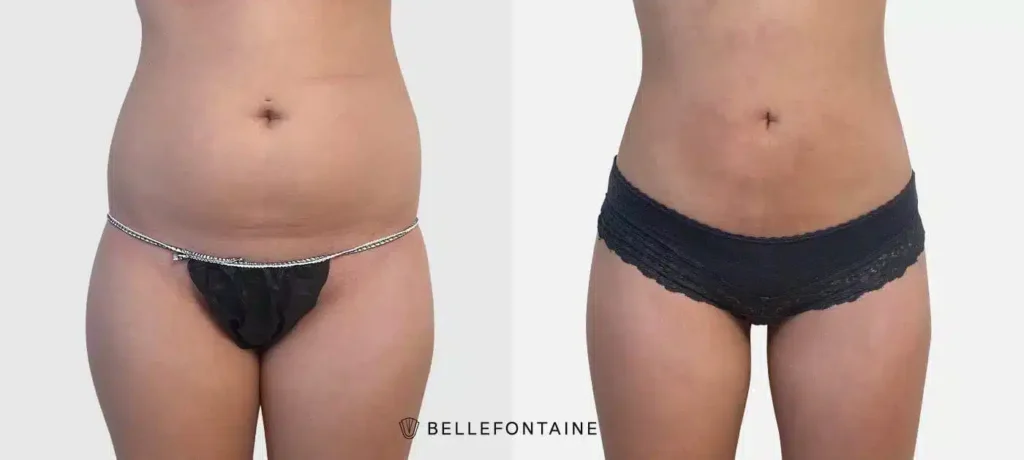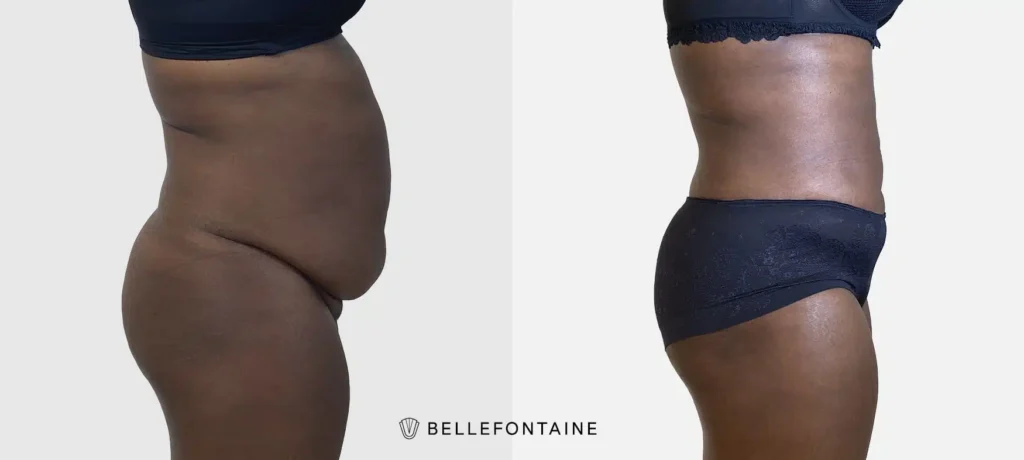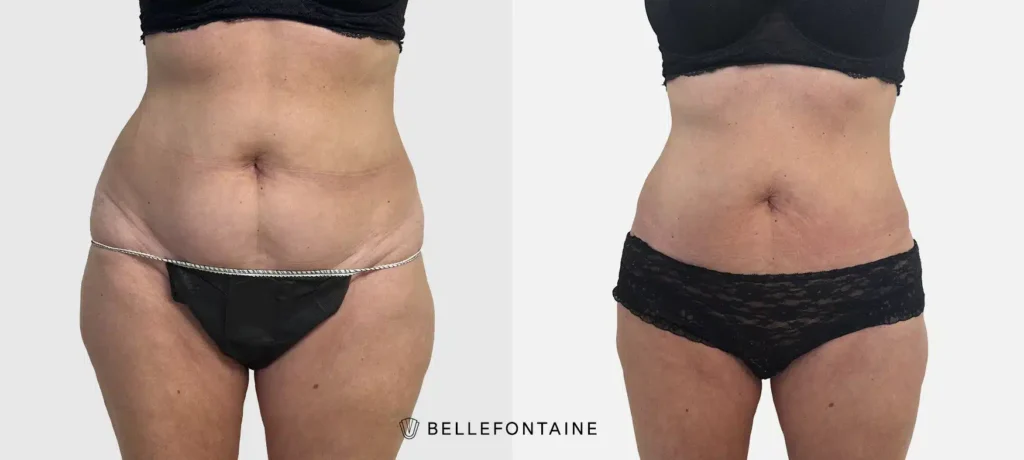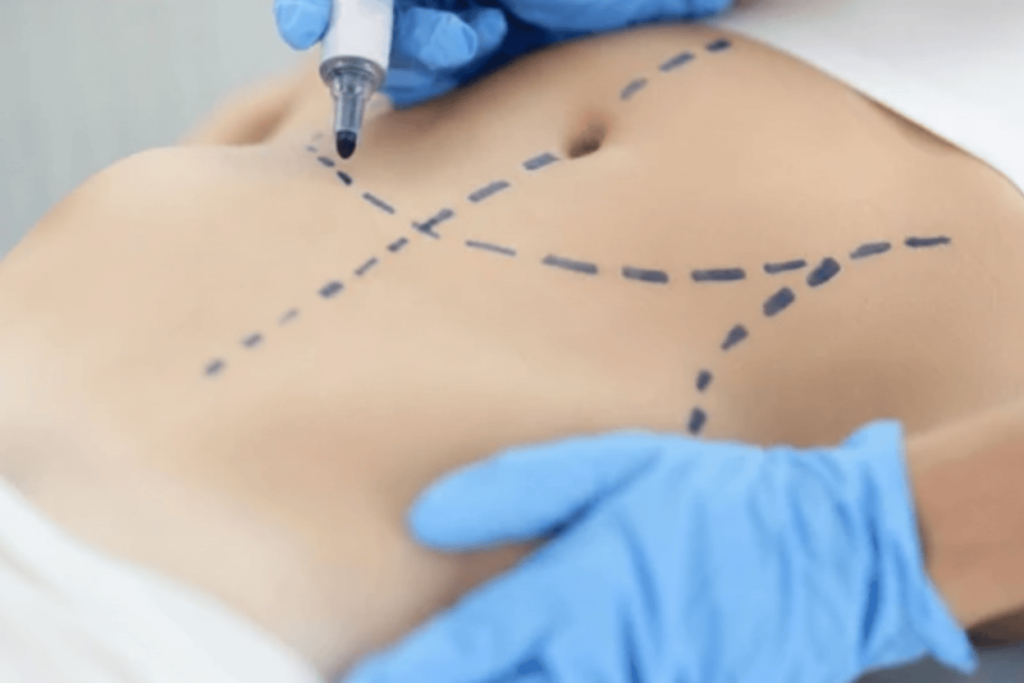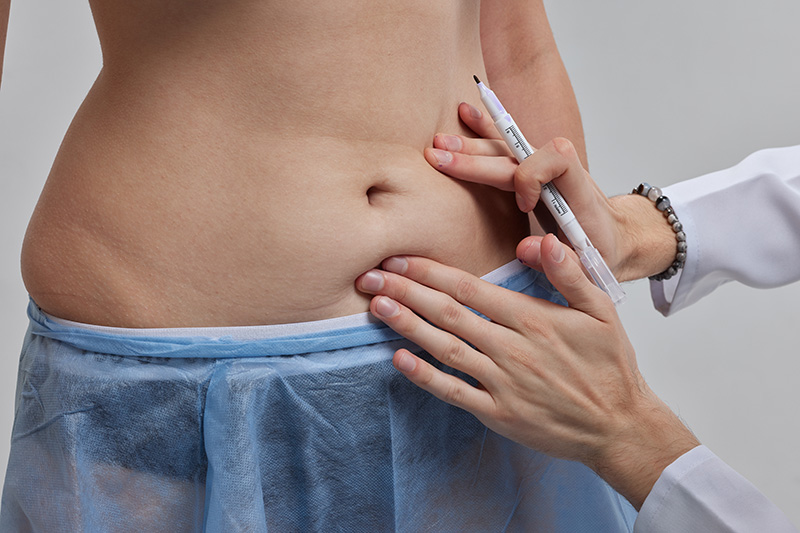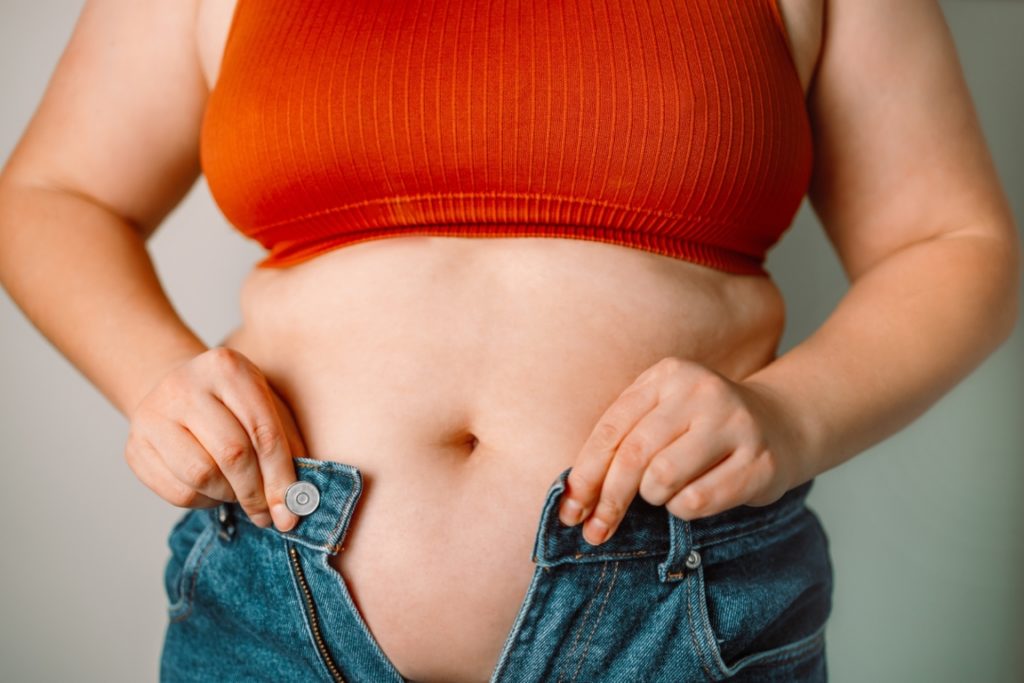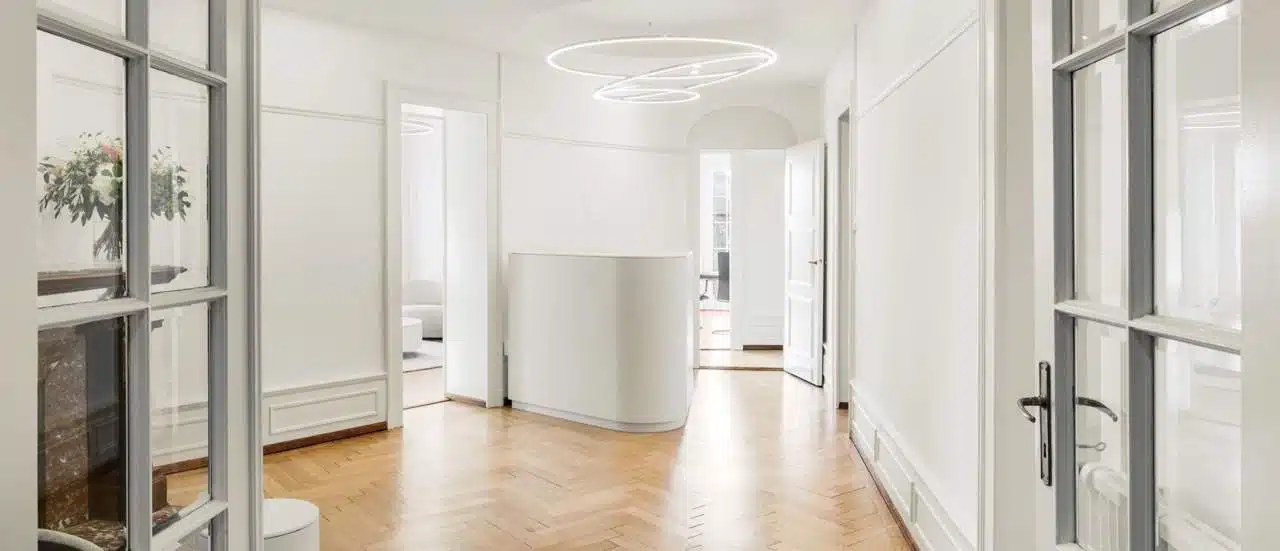Before the procedure
A successful procedure starts with a good consultation.
At the Bellefontaine Clinic, each patient is unique, and we make sure to meet your expectations from the very first consultation. Dr. Favre will conduct a comprehensive assessment to determine whether abdominal liposuction is the best solution for you. We will examine your overall health, measure your weight, analyze the tone of your abdominal muscles and the thickness of the subcutaneous fat, while assessing the amount of visceral fat. After pregnancy, the abdominal muscles may become stretched and separated, creating a rounded stomach. This separation of the abdominal muscles is called diastasis. In this case, we will recommend a diastasis treatment. If your abdominal muscles are too relaxed but there is no diastasis, we will suggest muscle-toning exercises such as core training.
If the skin is very loose, alternatives such as Renuvion or a tummy tuck may be suggested. Tests, including a blood test and an abdominal ultrasound to detect any hernias, are always carried out.
During the procedure
An innovative technique using Vaser and PAL for natural results.
On the day of the procedure, you must fast if you are undergoing general anesthesia. Under local anesthesia, we recommend eating lightly but not drinking much before the procedure. The areas to be treated are marked while you are standing for maximum precision. We disinfect the area while you are standing. Then, once you are lying down, the surgical area is prepared under sterile conditions. Dr. Favre uses a tumescent solution, also known as “Klein's solution,” which is injected through small 3-4 mm incisions in inconspicuous areas of the body. This solution contains painkillers and adrenaline to reduce post-operative pain and bruising.
If we perform high-definition liposuction or if there is a lot of fibrosis in the liposuction areas, we use Vaser technology. The suction is performed with PAL micro-cannulas, allowing for extreme precision and a uniform appearance. At the end of the procedure, several checks are carried out while the patient is standing to ensure an optimal aesthetic result without any irregularities.
The operation usually lasts between one and four hours, depending on the amount of fat to be removed. It is often performed on an outpatient basis, with the possibility of removing between 1 and 6 liters of fat per session. To ensure your safety, we limit the amount of fat removed to a maximum of 6 liters.
After the procedure
Close follow-up is essential to avoid complications.
Immediately after liposuction, a specialized compression garment (Marena®) is put on for 3 weeks. The garment contains an antiseptic layer to prevent infection. It helps your skin adapt to its new shape and must be worn day and night for three weeks.
Dr. Favre and his team will support you every step of the way during your recovery. After the procedure, significant drainage of the tumescent solution is normal and will disappear after 12 hours. You may shower 48 hours after the operation, and a five-day course of antibiotics will be prescribed to prevent any risk of infection. It is important to rest for one to two weeks (rest = limit standing to 2 to 3 hours per day according to our post-operative protocol) to avoid complications such as excessive swelling or seromas, which can mainly occur during liposuction of the abdomen. The resorption of excessive edema or seroma can cause post-operative irregularities that are very difficult to correct.
Cramp-like pain may occur and is normal for one to two weeks. To minimize swelling and promote optimal recovery, we recommend LPG Endermologie massage sessions starting in the first week after the procedure.
The final result can be fully appreciated after three to six months, once the swelling has subsided. Maintaining a stable weight or losing weight after the procedure is essential to preserve the results.
Risks and side effects
Like any procedure, abdominal liposuction carries certain risks. Sensitivity issues are common but temporary. They can last for 3 to 6 months. Bruising and redness gradually subside after 2 to 3 weeks. Thanks to Dr. Favre's expertise and rigorous monitoring during the procedure, the risk of asymmetry or lumps is minimized. Serious complications, such as thrombosis or infection, are extremely rare.

